Materials Basalt, Wood, Tile | ||
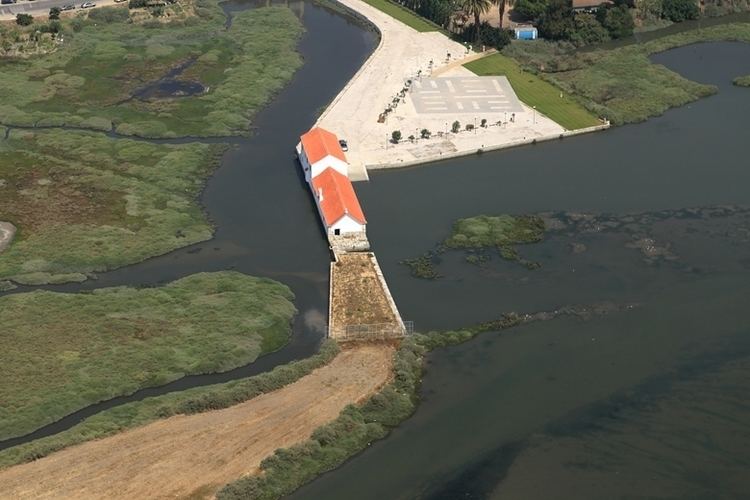 | ||
Architect Mateus Vicente de Oliveira Similar Ponta dos Corvos, Quinta da Fidalga, Núcleo da Olaria Romana, Herdade da Mourisca, Alburrica | ||
Tide mill of corroios seixal portugal moinho de mar de corroios seixal portugal
The Tidal Mill of Corroios (Portuguese: Moinho de Maré de Corroios/Núcleo do Moinho de Maré de Corroios do EMS) is a 15th century pluvial mill situated in the civil parish of Corroios, municipality of Seixal.
Contents
- Tide mill of corroios seixal portugal moinho de mar de corroios seixal portugal
- Digital contemplation ii timelapse moinho de mar de corroios
- History
- Architecture
- References
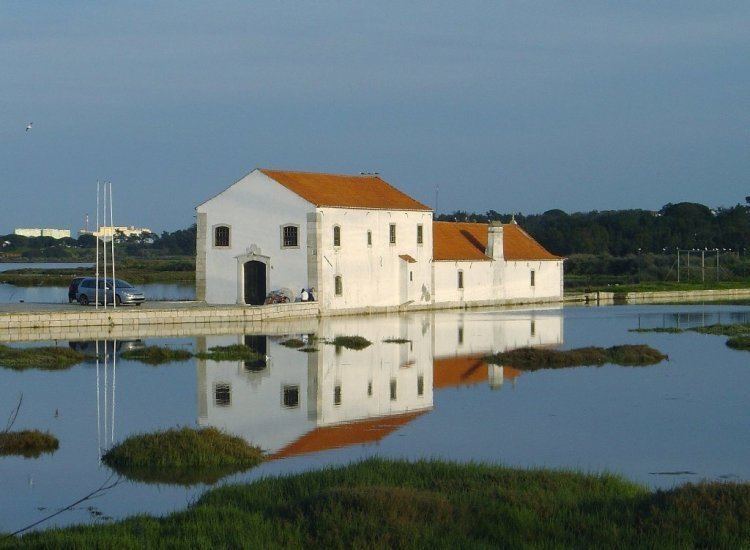
Digital contemplation ii timelapse moinho de mar de corroios
History
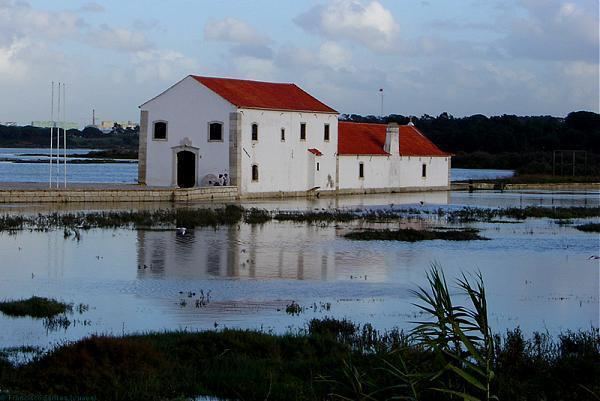
The mill was ordered constructed in 1403 by D. Nuno Álvares Pereira, owner of many of the lands along the shores of the Tagus estuary in Seixal. Following its construction the kingdom's constable donated the building to the Convent of Carmo, to whom he pertained.
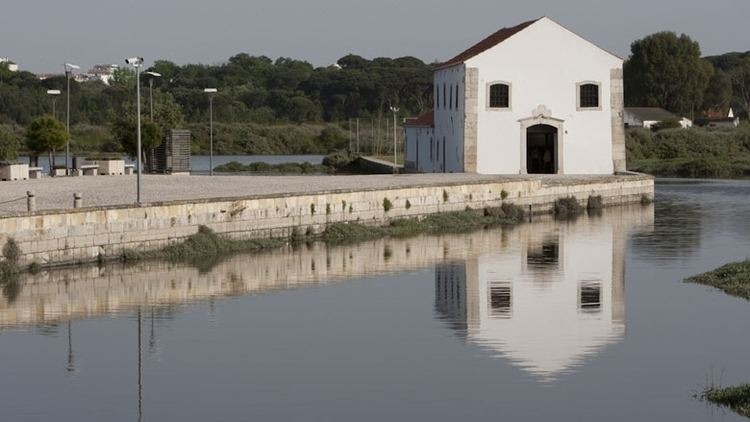
In 1752, the mill was remodelled, but on 1 November 1755, the Lisbon earthquake resulted in damage to the structure. The 1767 recuperation of the mill began in 1767, directed by architect Mateus Vicente de Oliveira, the architect of the Casa do Infantado.
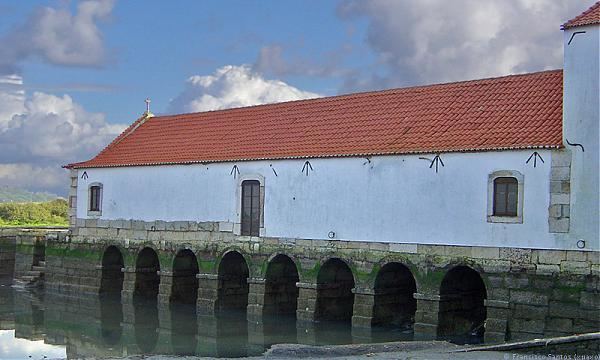
In the 20th century, an eighth engine was installed to assist in the milling. By 1980, the mill was acquired by the municipal authority, where it was reconstructed and remodelled, becoming integrated into the Ecomuseu of Seixal, when it opened in 1986.
Architecture
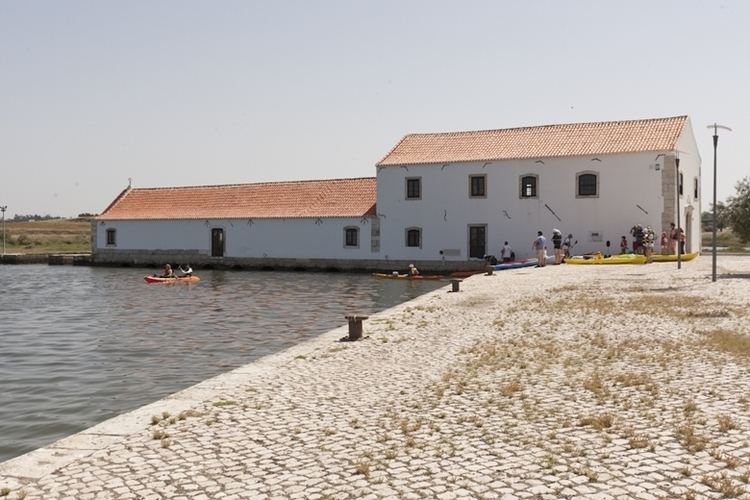
The mill is located along the river in an isolated point along the Tagus estuary, using the small river arm to create a barrier, funnelling waters to floodgates that opened and closed automatically by tides.
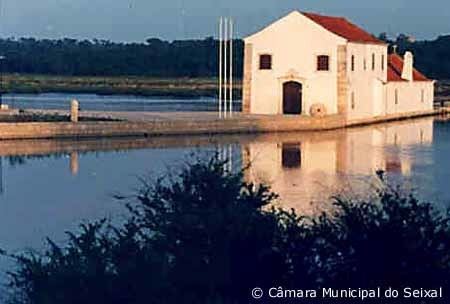
The building consists of two rectangular annexes, oriented longitudinally, that consist of a mill, warehouse and miller's residence, transformed into a temporary exposition hall. These bodies are constructed over masonry foundation, into plastered and white-painted facades with exposed masonry corners.
The main facade is oriented to the west, ending in gables and arched portal, framed in cornices forming an angle in the centre. This portal is adorned by three concentric circles, being surmounted by cartouche with the inscription "DE ANNO 1752". Above this are two windows with sills, lintel, framed by sash frames.
